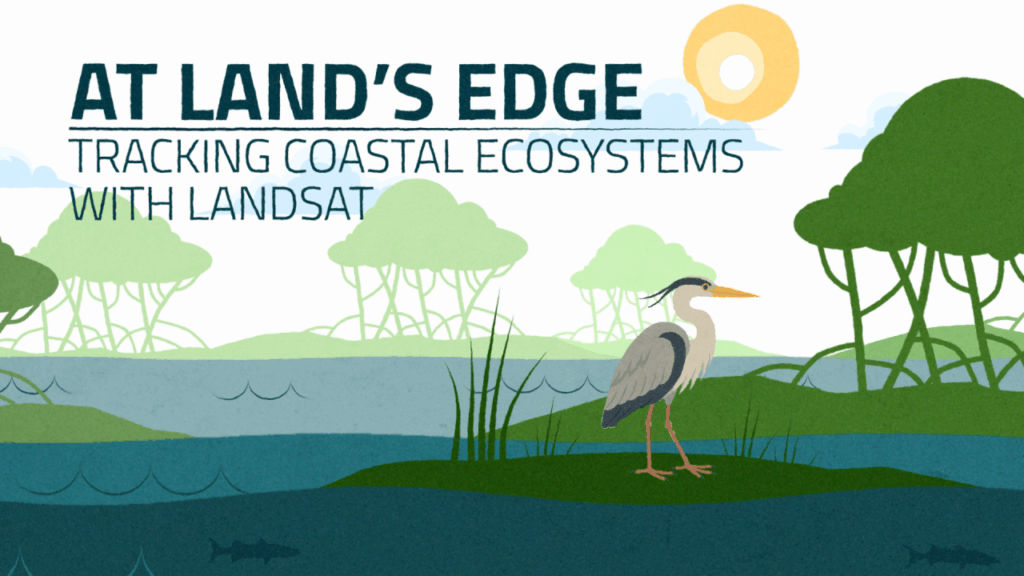By Landsat Missions, USGS
The USGS Earth Resources Observation and Science (EROS) Center archive now contains more than one million Landsat 9 Level-1 products (that’s over 1 billion megabytes of Earth observation data)! Since its launch on September 27, 2021, the Landsat 9 satellite has circled the Earth more than 20,000 times. The Operational Land Imager (OLI) and Thermal Infrared Sensor (TIRS) onboard capture around 750 medium-resolution images each day.
This image of Alaska’s northern shoreline near the Canadian border is one of hundreds that were captured and processed on July 13, 2025—the day the millionth image was added to the archive.

Landsat 9, as along with its counterpart Landsat 8, holds a vital role in understanding and managing America’s natural resources. Areas that benefit from Landsat include water and food security, agriculture, disaster response, land use/land change science, and energy and mineral development.
All Landsat products can be downloaded at no charge from the USGS EROS archive. Visit the Landsat Data Access webpage to explore download options.
The Landsat program is a partnership between USGS and NASA. Landsat satellites have been observing Earth for over 50 years—making it the longest-running continuous global record of the Earth’s surface. Visit the Landsat Satellite Missions webpage to learn more about the partnership in Earth observation that started in 1972.





